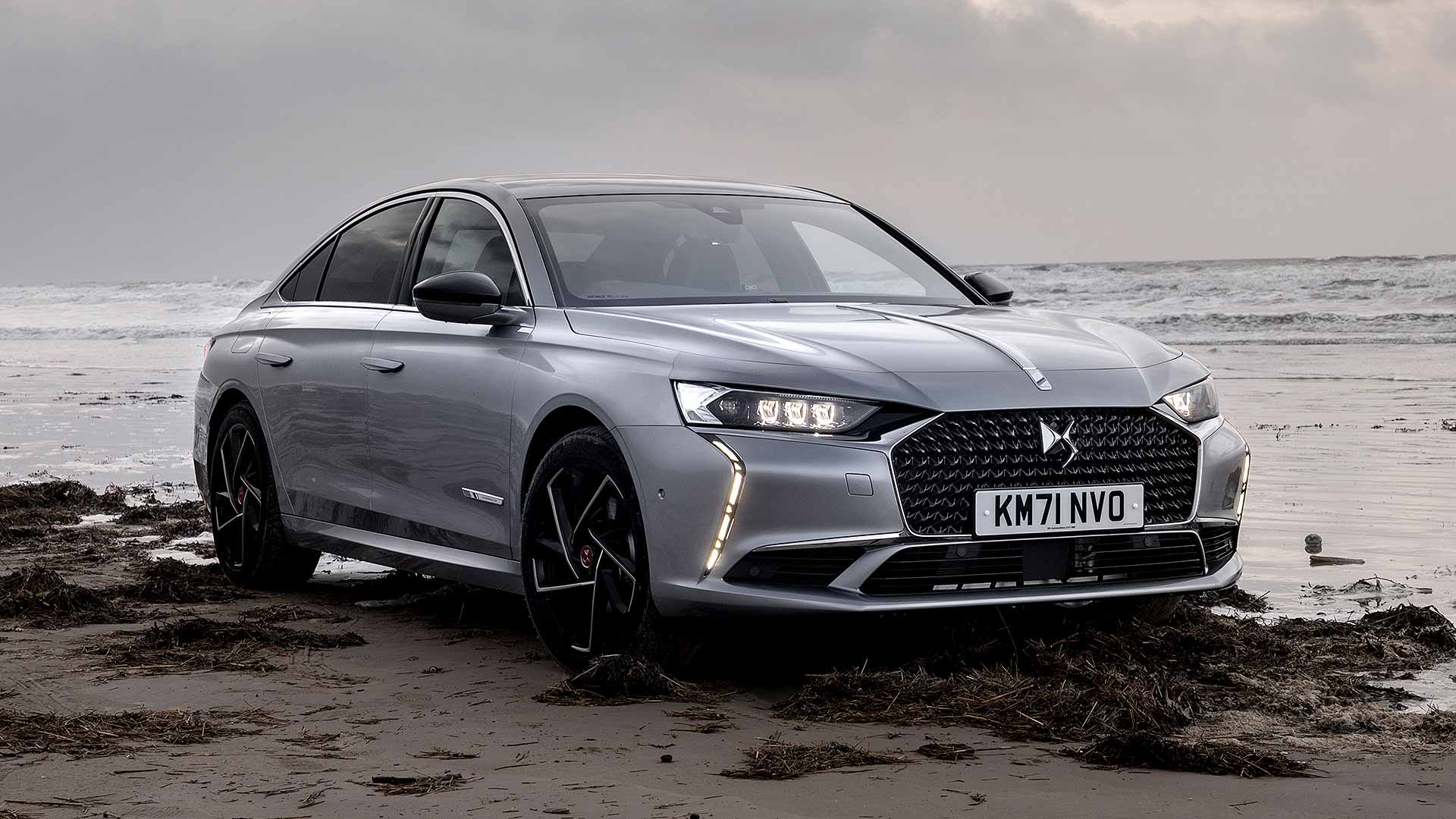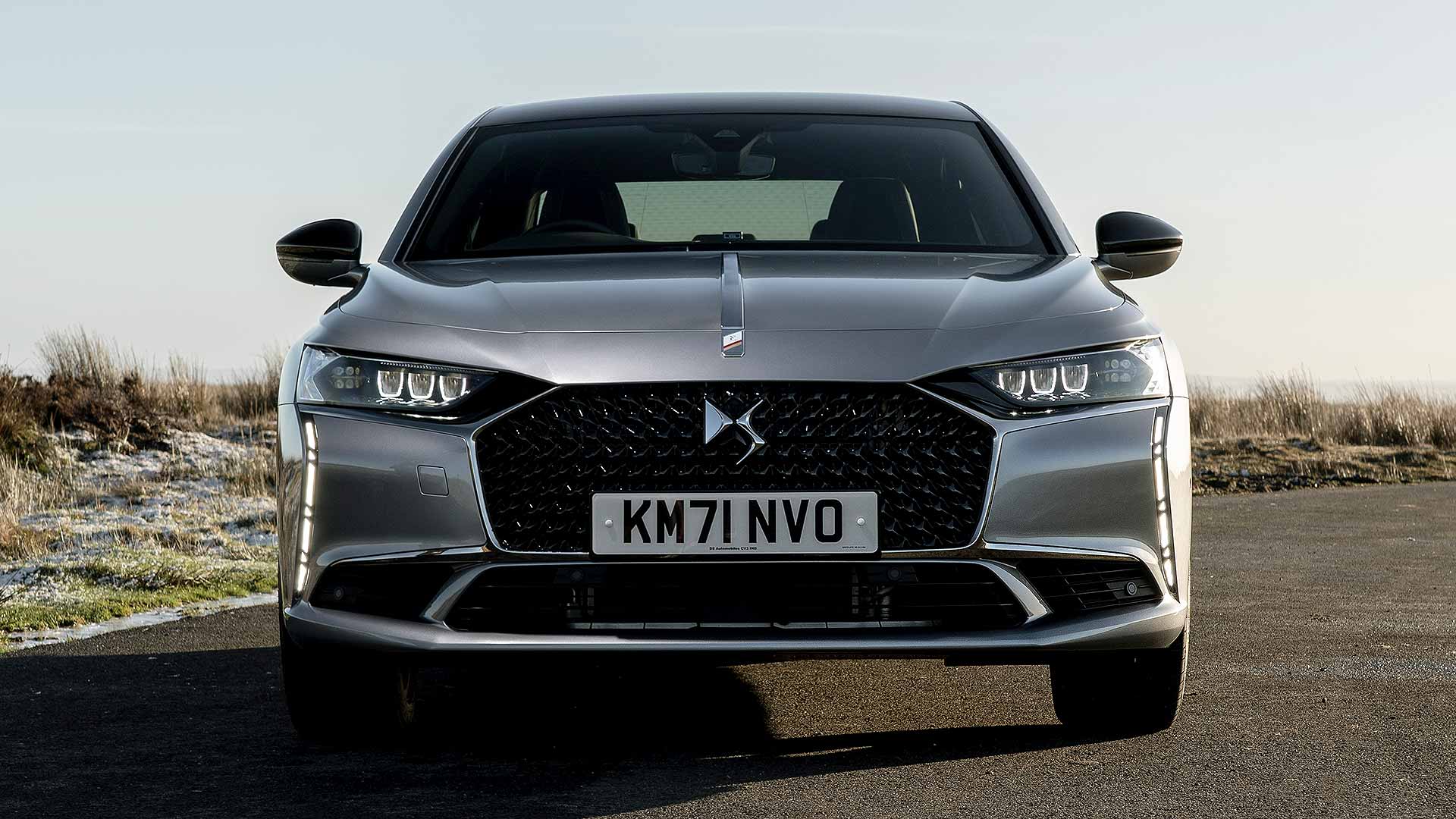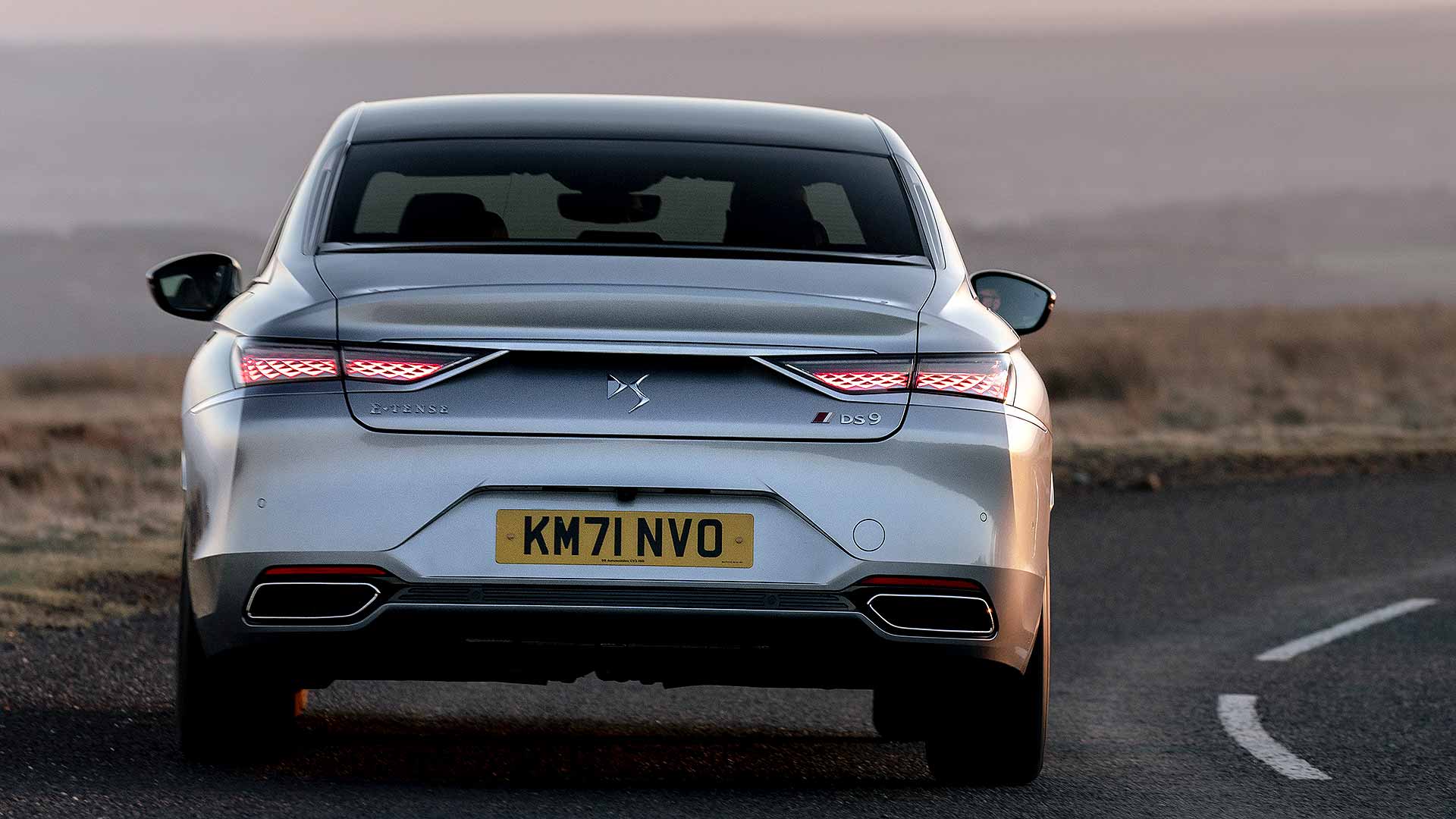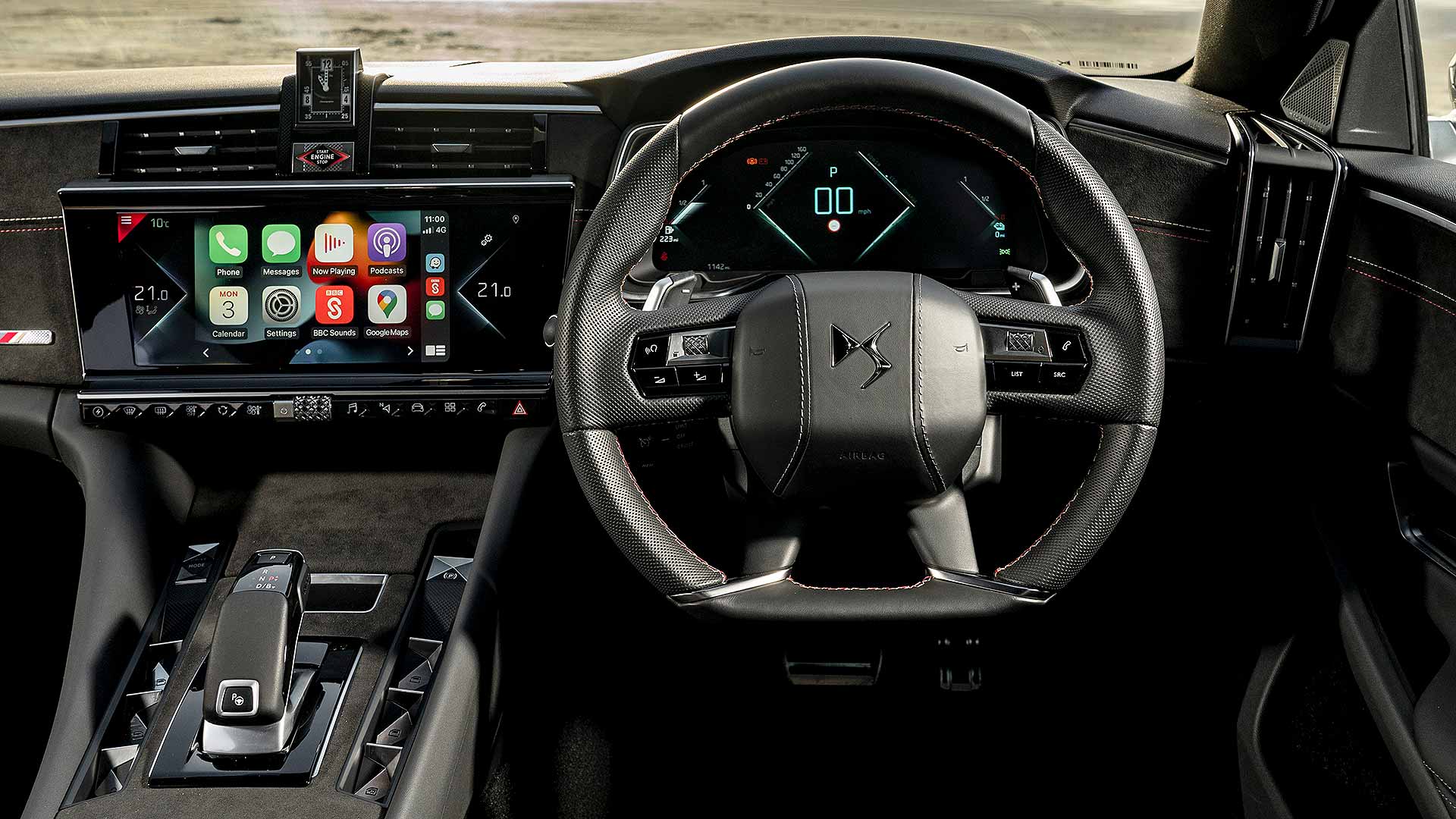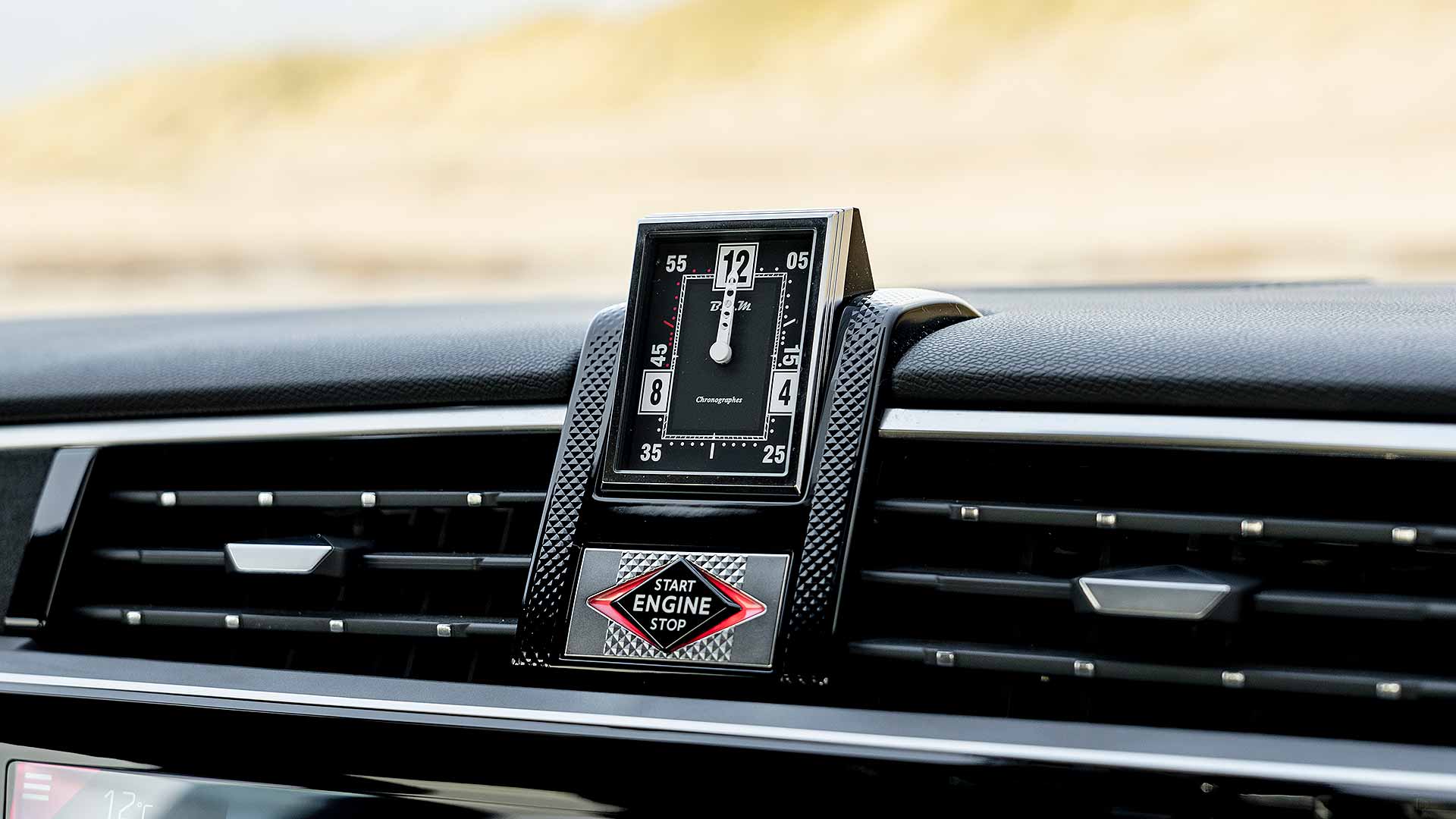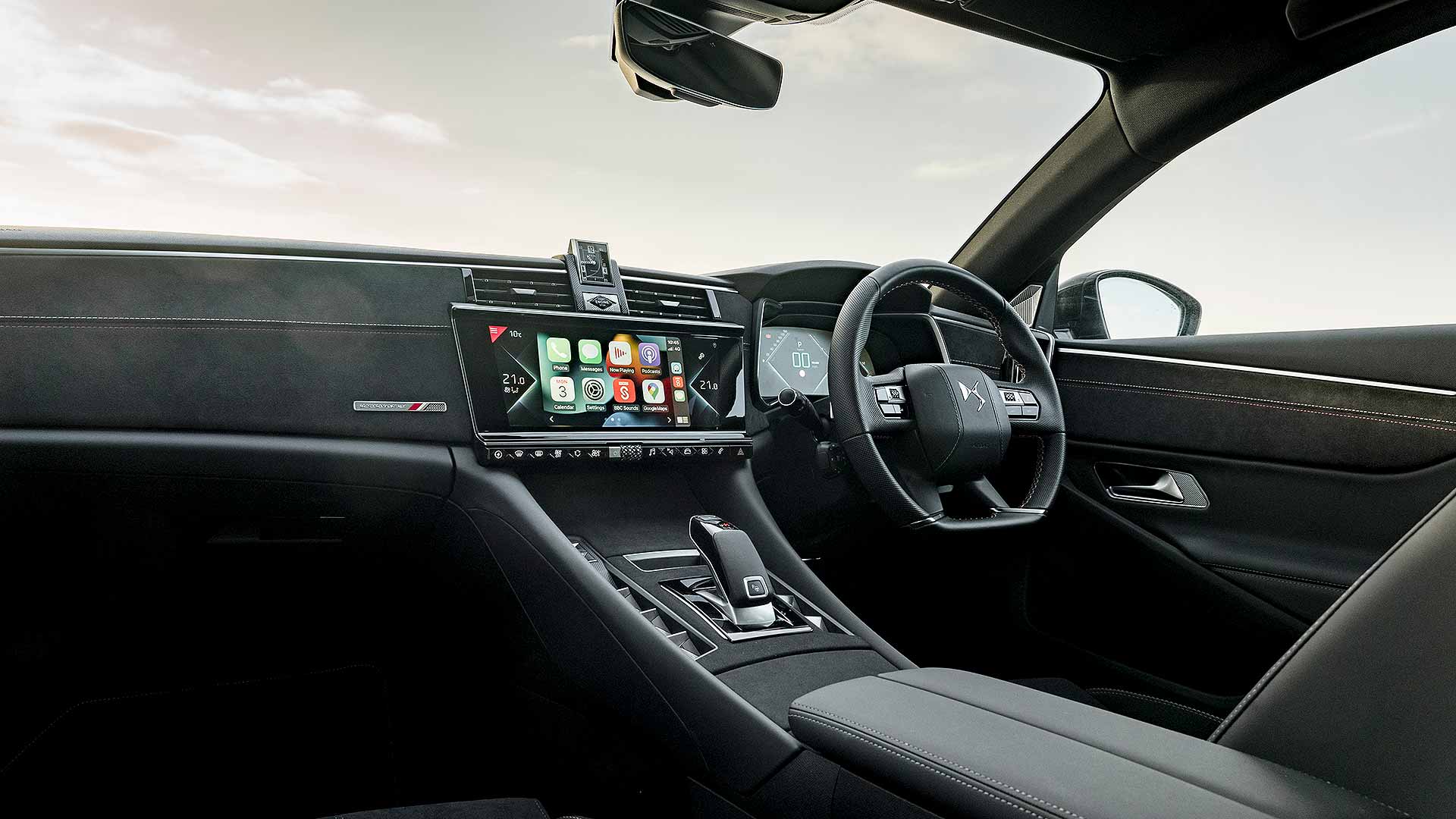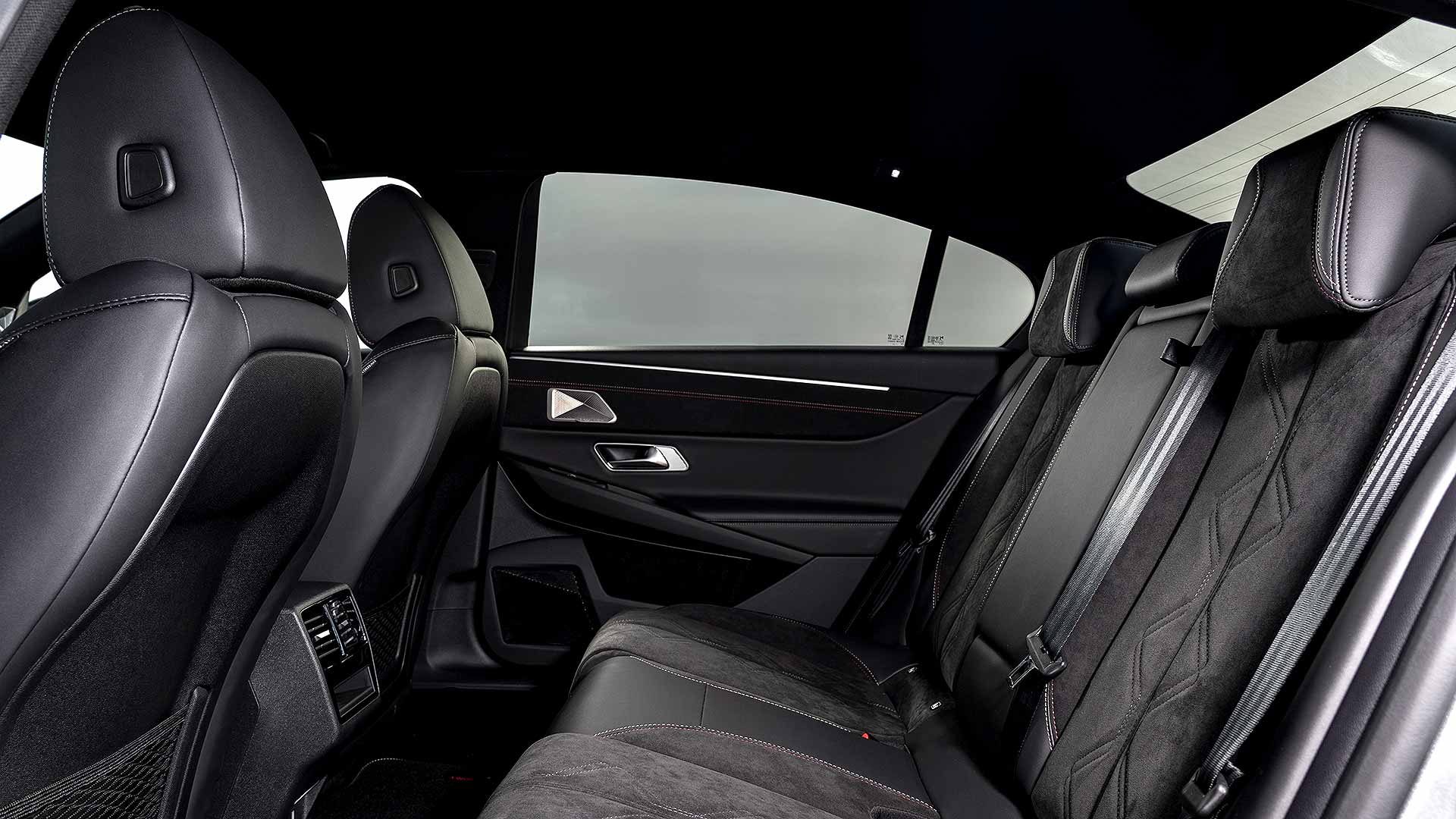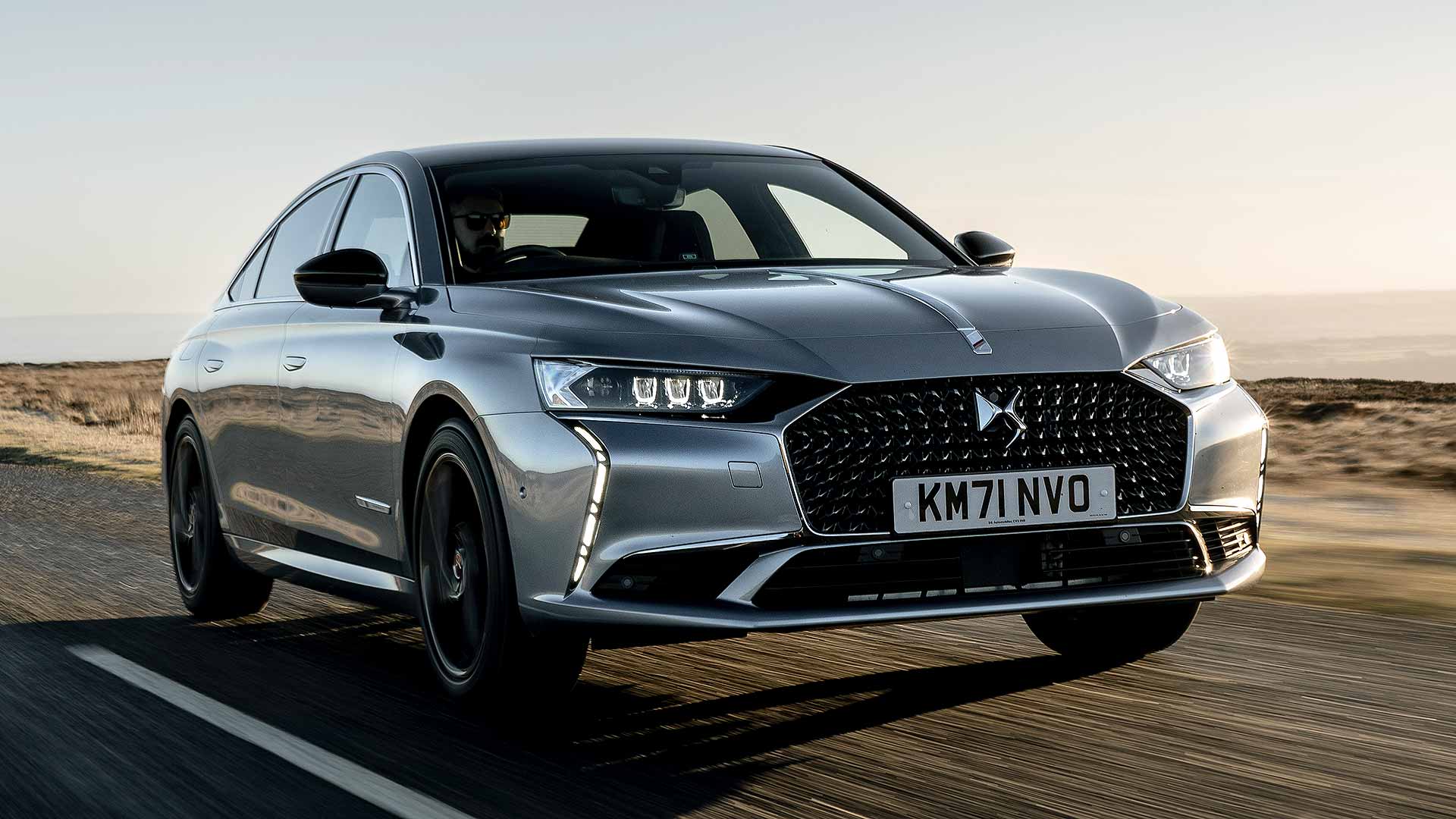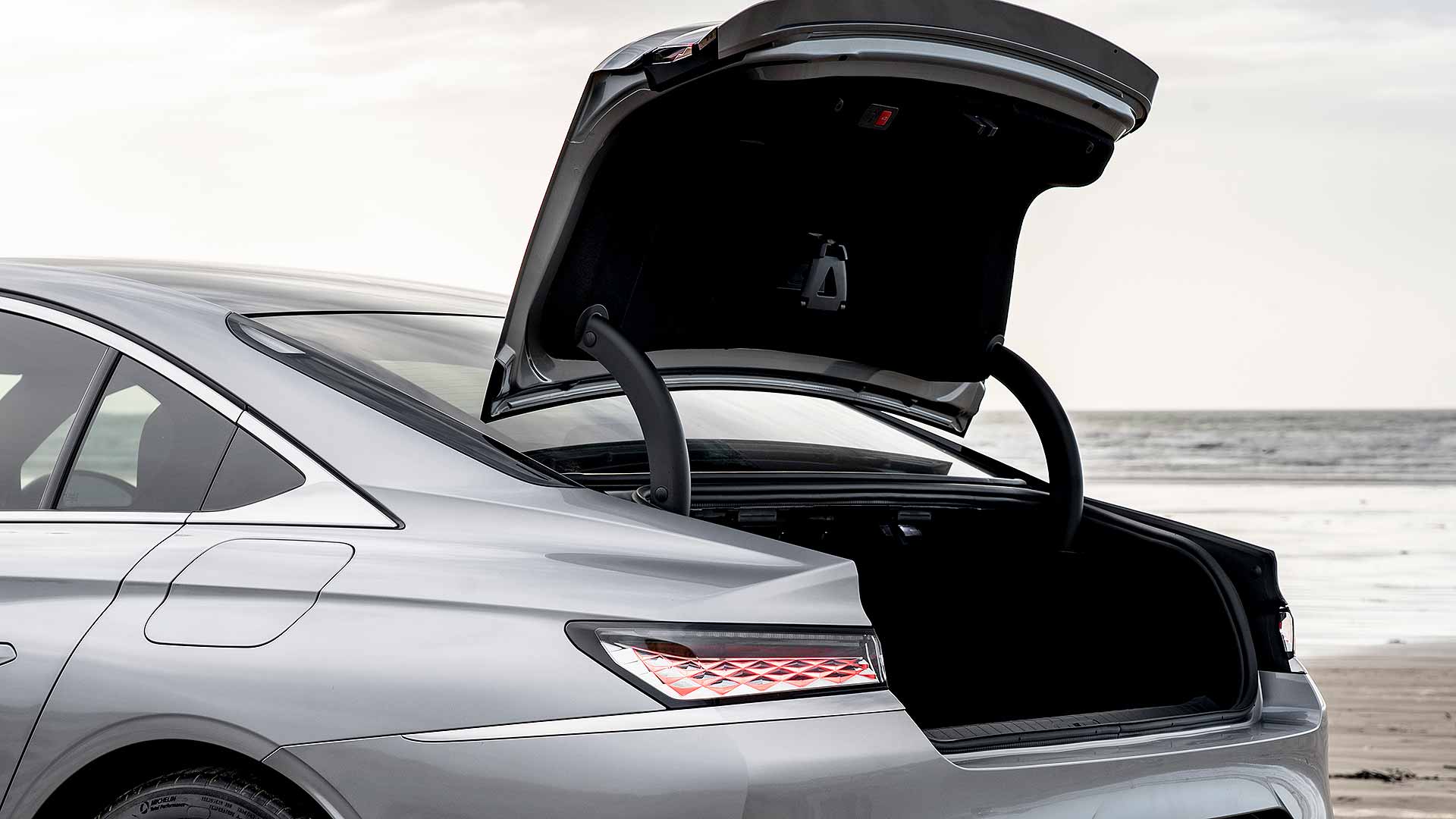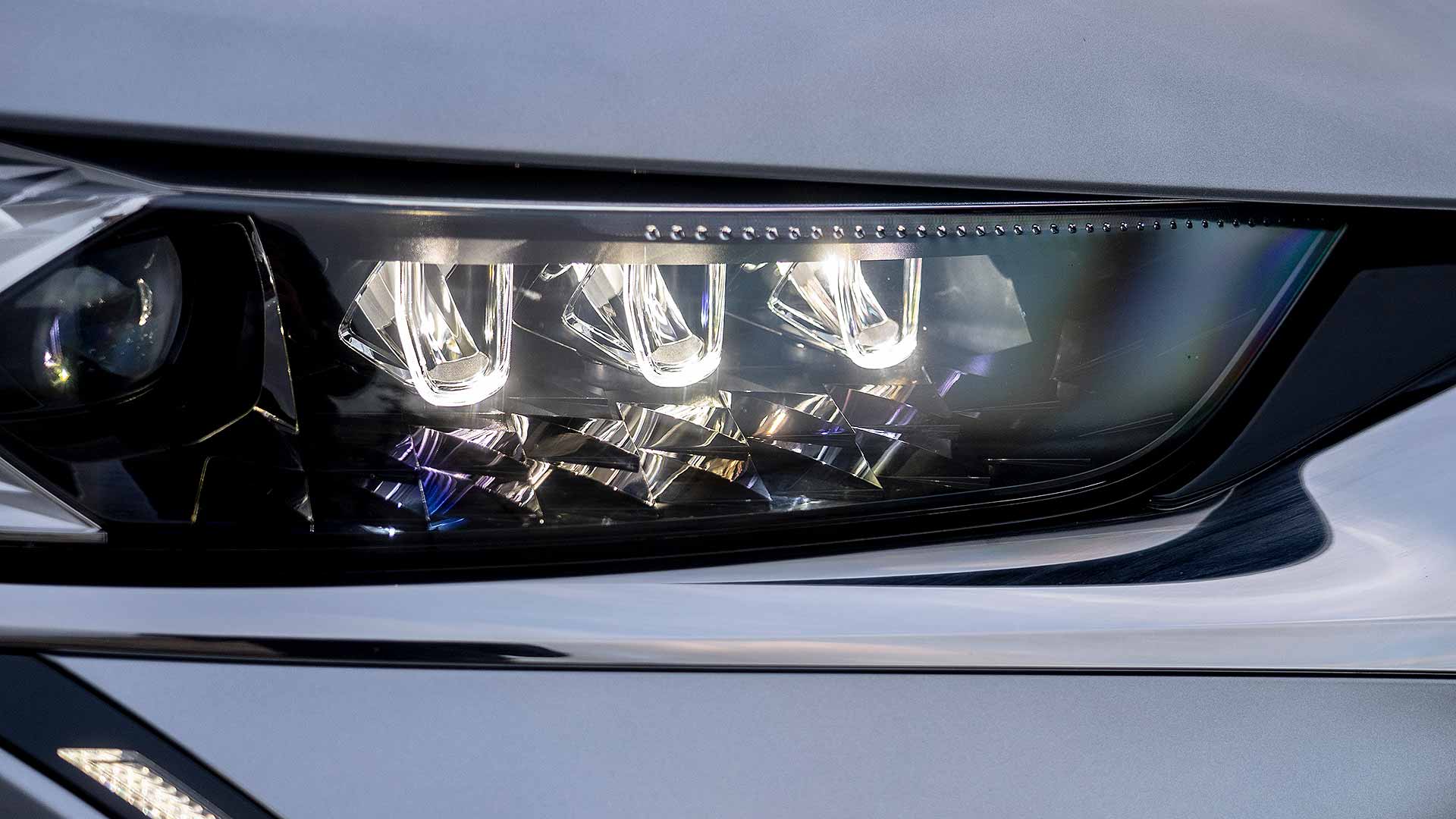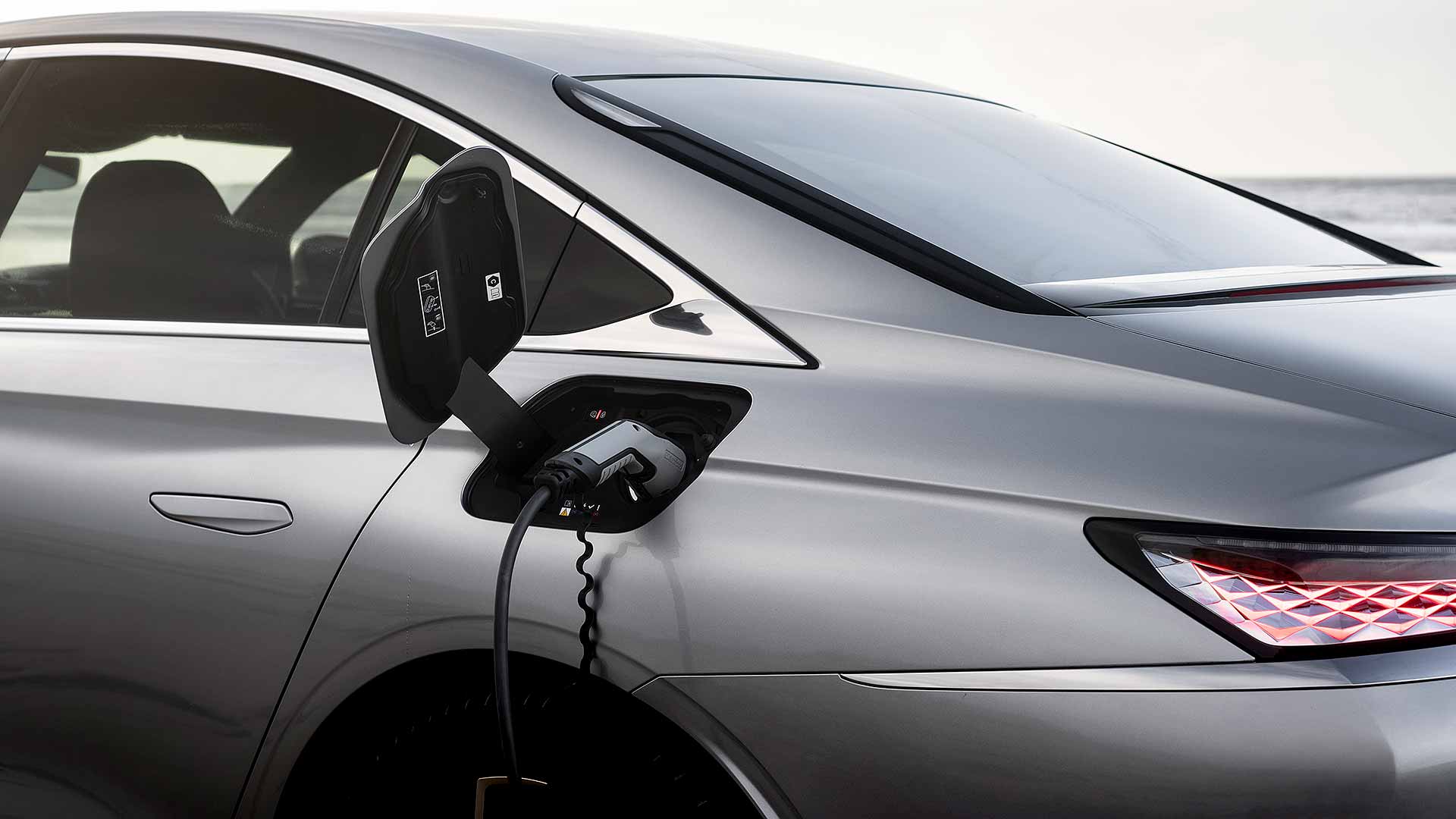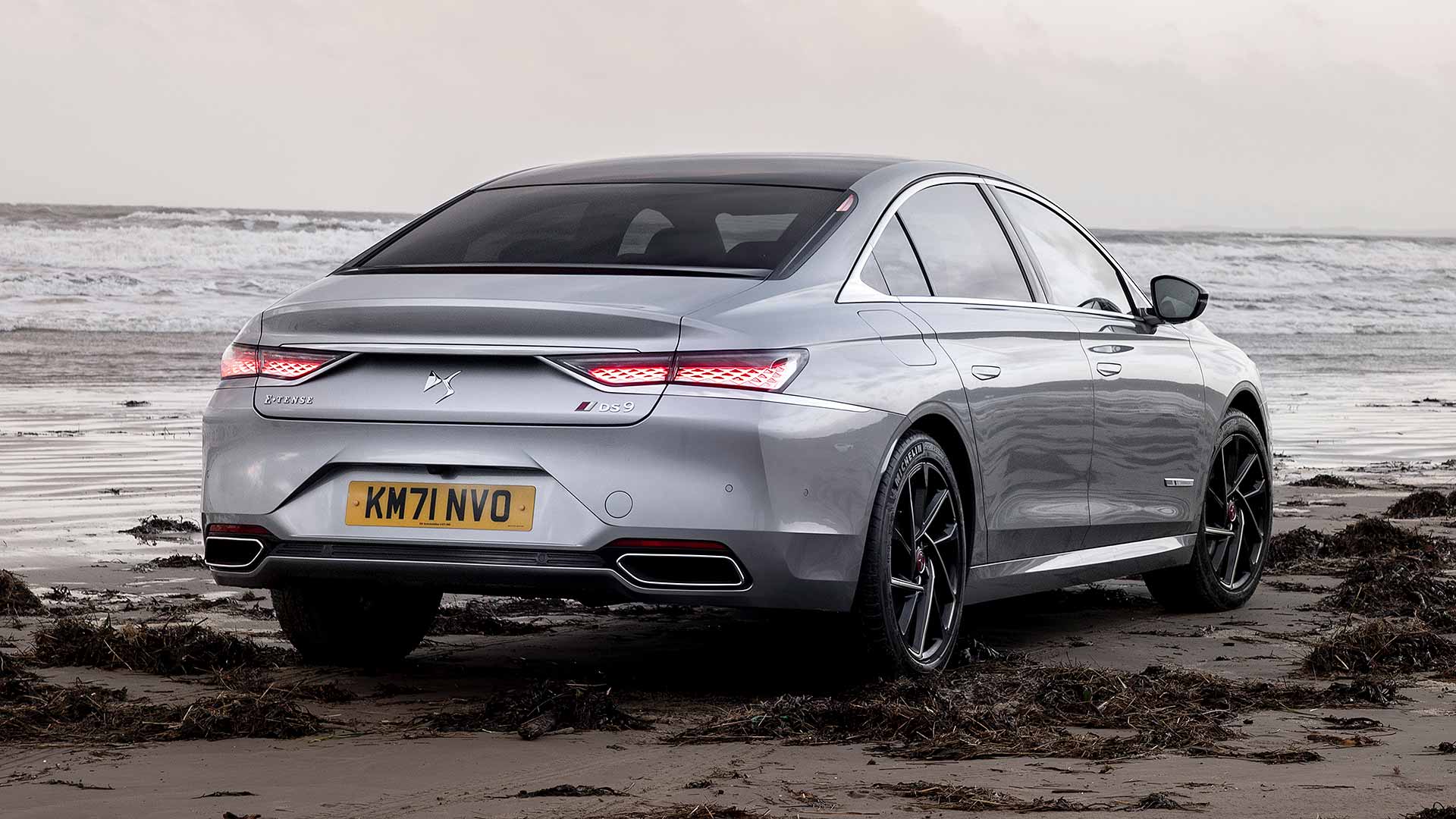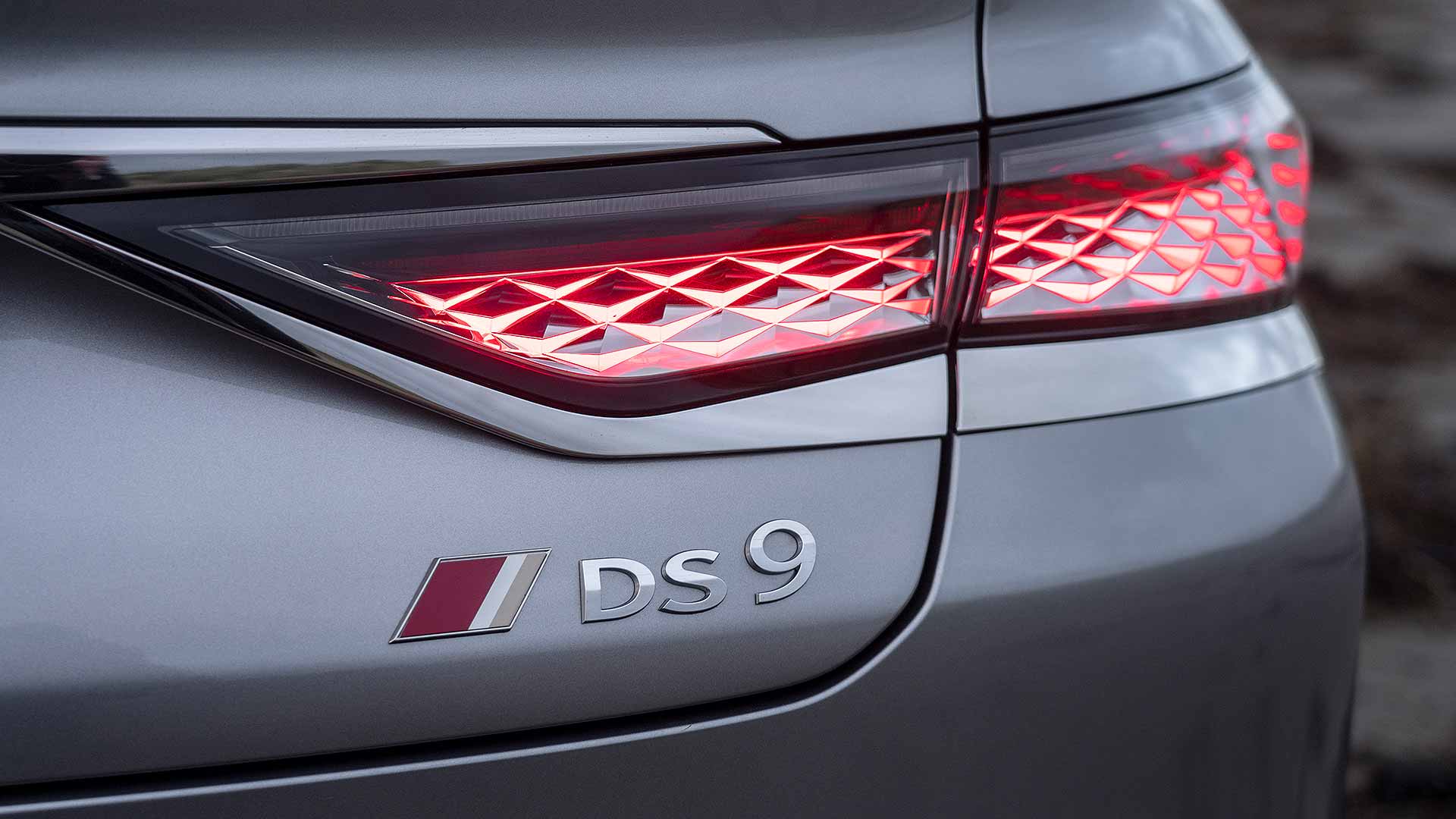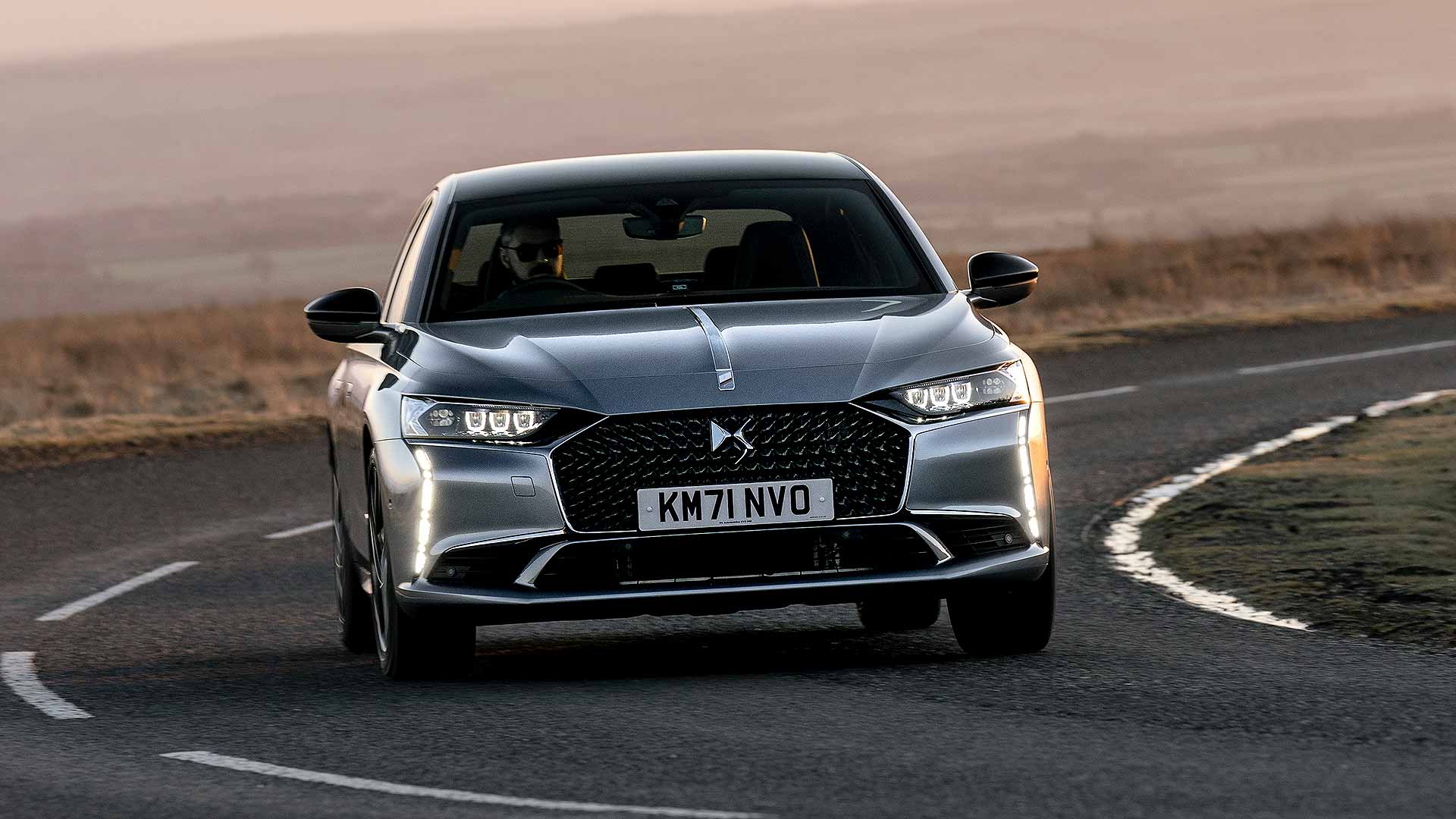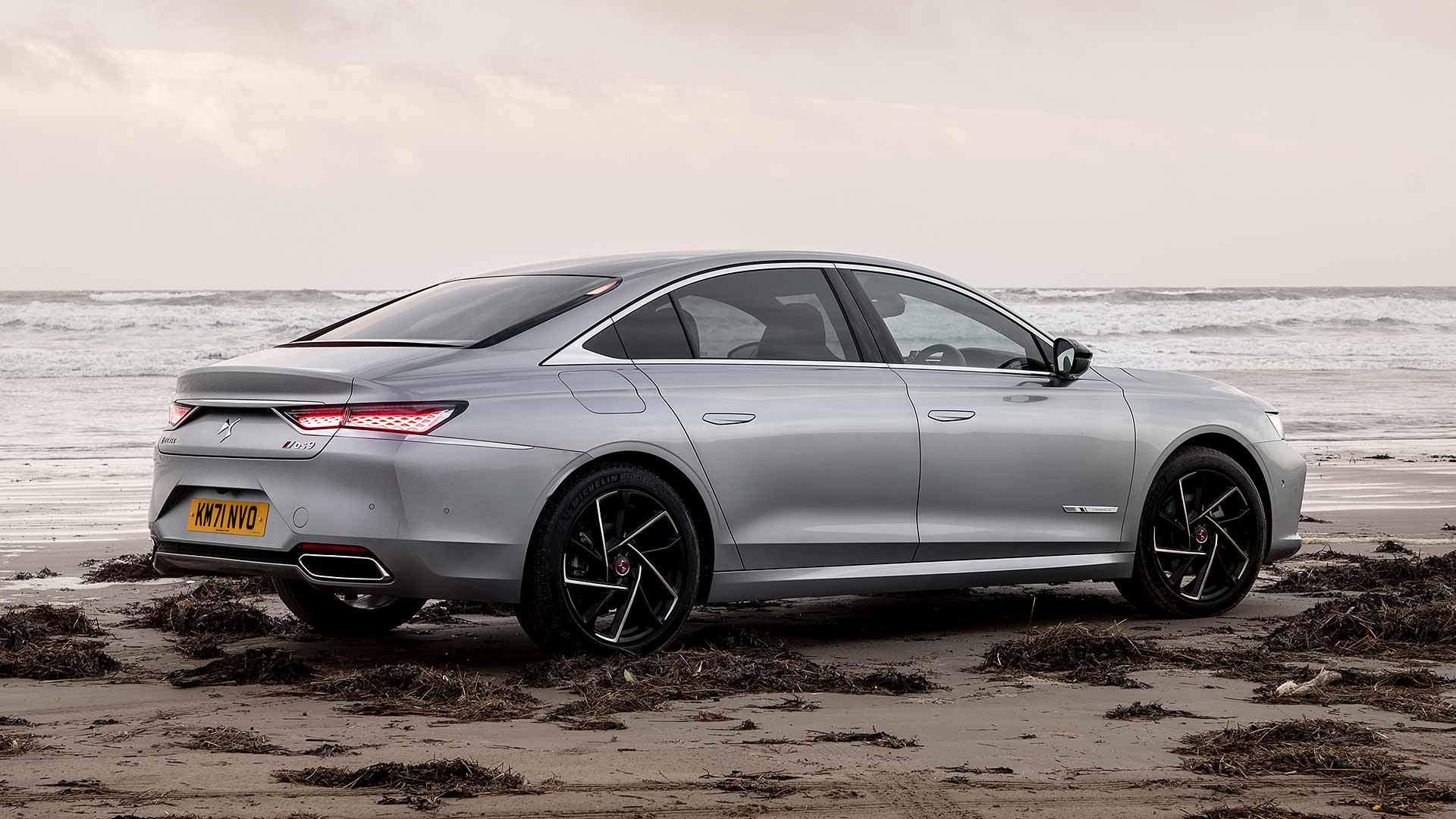Chanel. Dior. Givenchy. In fashion, French luxury is world-renowned. Now, French automotive has a car fit for ferrying fashionistas during Paris Fashion Week. Meet the svelte new DS 9.
It’s probably not a car on your radar. Saloons are considered a poor relation to SUVs these days, while DS Automobiles is still in its infancy.
The idea is to create the world’s first French luxury car brand, but that’s a task that could take 20 years. There’s a long way to go before DS is mentioned in the same breath as Audi.
Kitchen-sink spec
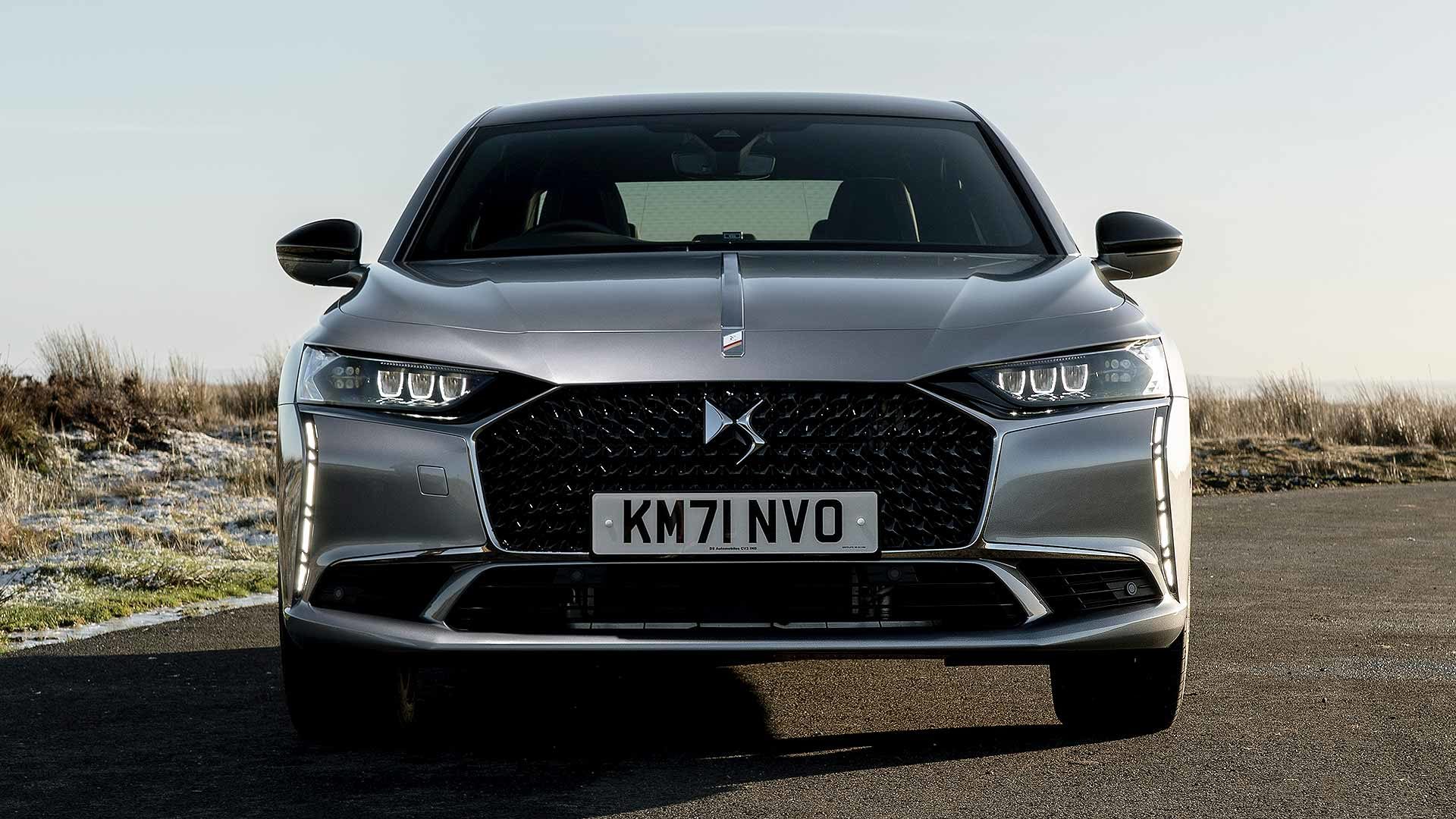
The DS 9 is a good status symbol to establish a presence, though. At almost five metres long, it’s a big car that people will certainly notice.
Avant-garde details abound: jewel-like headlights that do a fancy swivel-dance when you unlock it at night, or ‘coronet’ indicators in the rear pillars, like the original 1950s Citroen DS. The chrome sabre running the length of the bonnet gives off Bentley vibes, too.
DS isn’t going in on a bargain-basement ticket. The cheapest is just under £40,000 and my test car cost £49,200 (which swelled to well over £50,000 with options). That’s Audi A6 and BMW 5 Series money, but DS bosses say you’d need a top-spec A6 Vorsprung to match the standard equipment on the DS 9. And A6 Vorsprung prices start from over £60,000.
The tally of standard equipment is ludicrous. Take it as read it has all the essentials; standout features include an intricate B.R.M. timepiece in the dashboard, a glorious 12-inch high-definition touchscreen and active LED headlights.
Night in the Opera
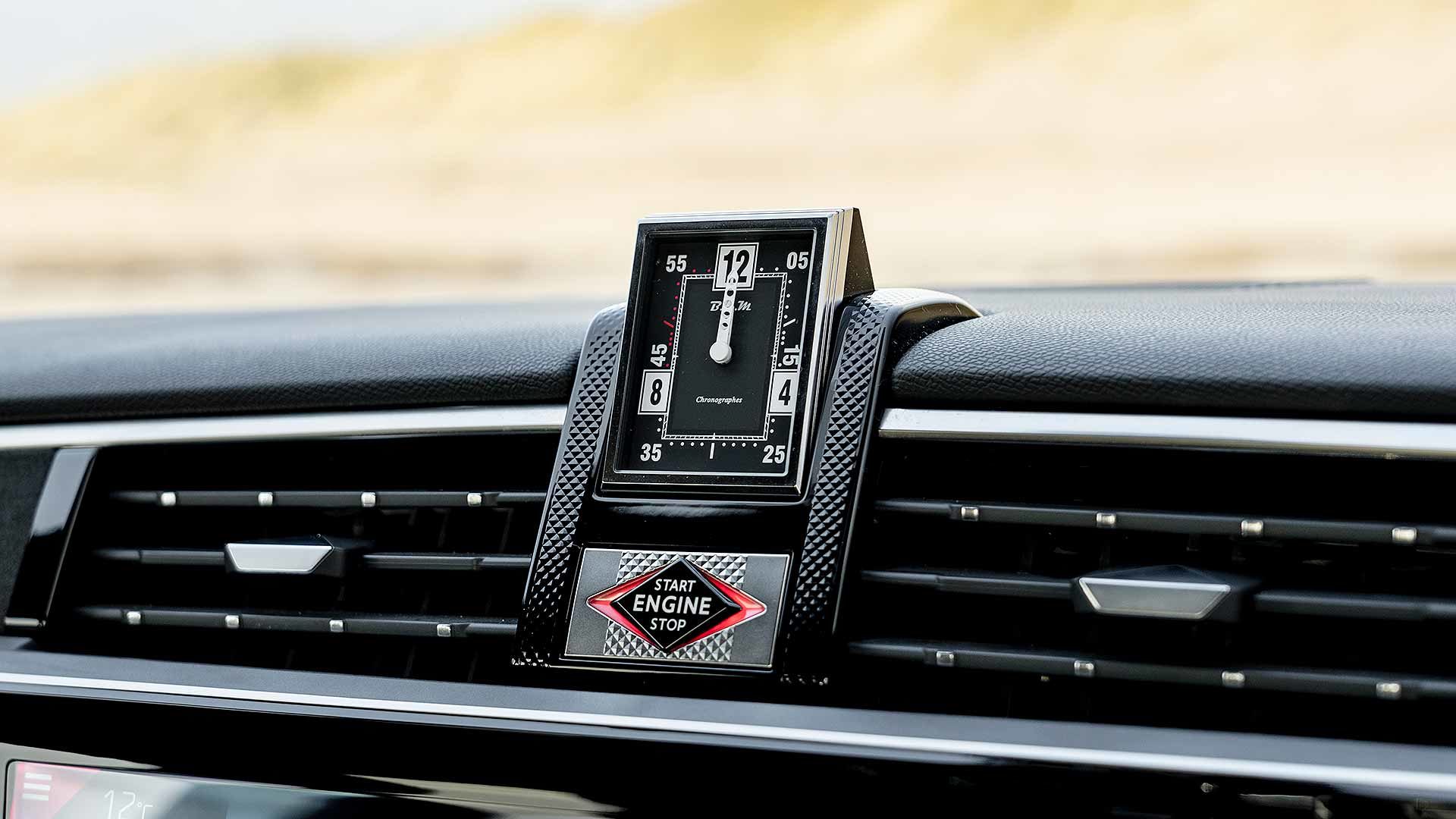
My car had the £3,000 Opera seating pack. This brings Nappa ‘watch strap’ leather, plus a rear armrest with controls for the heated, ventilated AND massaging rear seats. The kids thought it was the best thing ever.
It’s also huge in the back; not always a given with large French cars of old. Rivoli+ spec comes with an air quality system that filters out fine particulates – perfect for keeping polluted city air at bay.
You can buy a DS 9 with a turbo petrol engine, but as most will be bought or leased through the company, they will be tax-saving plug-in hybrids. This ‘E-Tense’ version combines the petrol engine with an electric motor and 11.9kWh battery. It charges in 1hr 45min and offers 34 miles of zero-emissions electric driving.
Fully charged, it’s beautifully refined. The engine cuts in and out a bit when you need sharp acceleration, but otherwise it’s limo-like. When the battery’s flat, the smooth engine is a subdued cruiser, although it can be jerky in town, where the hybrid system seems to get easily confused. It can ‘gulp’ before deciding to switch on the engine and accelerate. Fashion Show chauffeurs will have to drive around it.
French and fancy
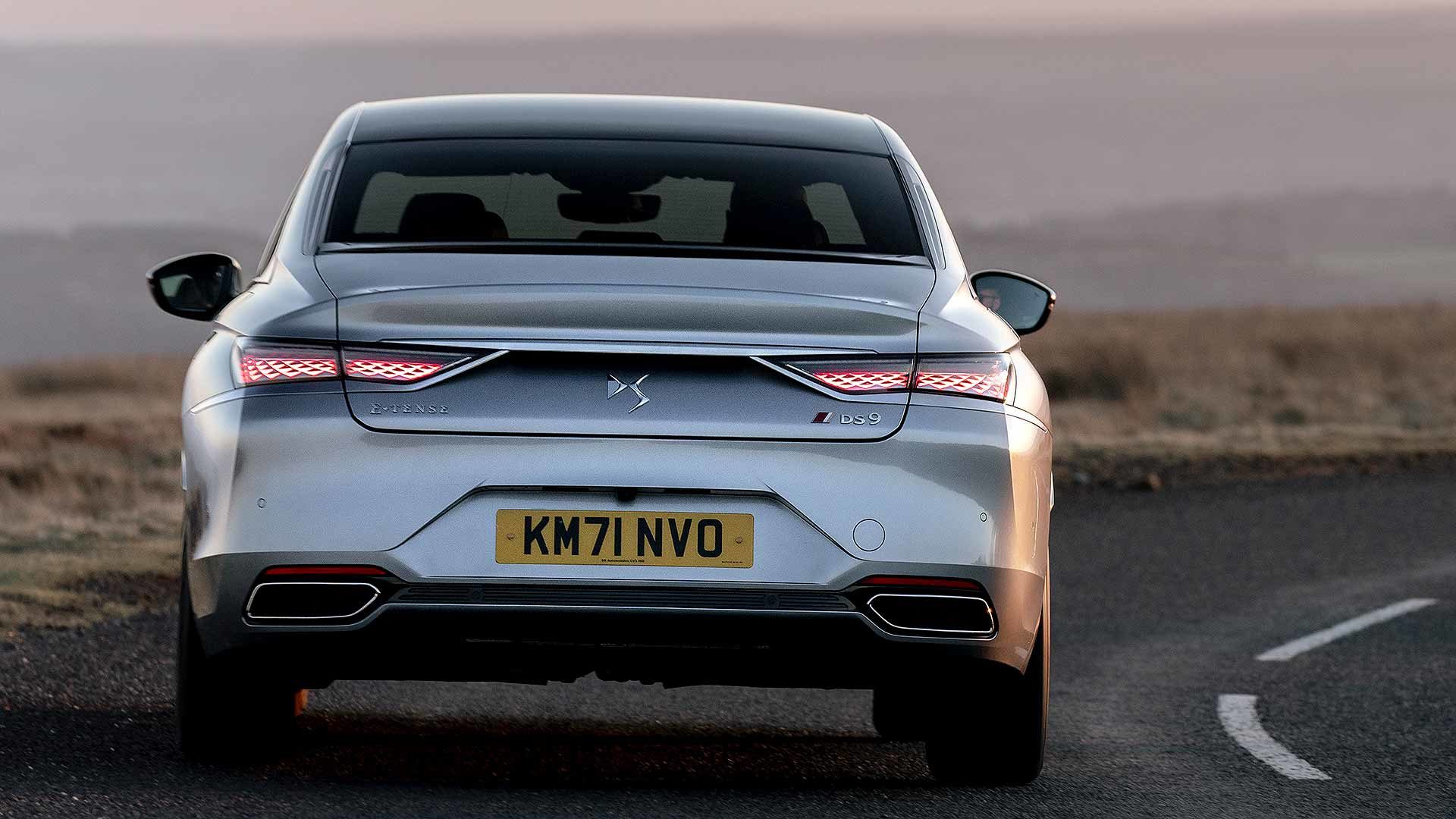
You won’t need to drive around potholes, however. The DS 9 E-Tense comes with supple active suspension, which uses a camera to scan the road ahead, then automatically soften when it detects something that may ruffle the ride. The odd bump-thump apart, it works very well, giving a supple, luxurious feel that’s cosseting and relaxing.
Despite the oddly heavy and ‘sticky’ steering, it’s not a car you’ll chuck around in corners. Besides, it’s nearly five metres long and weighs more than 1.8 tonnes, so is hardly a hot hatchback. Sit back and enjoy the decadence instead, within a charismatic luxury car that contrasts with the clinical German alternatives we’re oh-so familiar with.
It will remain a rarity, of course. It’s a brave person that pays so much for a French car, and the Germans remain correspondingly cheaper to lease. But isn’t luxury meant to be rarified? While rationally hard to recommend, the few who buy a DS 9 are in for a tactile treat.
ALSO READ:
Going nowhere in a Citroen DS: a lockdown car story
Dyane and GS: driving the classic Citroens of my childhood
Rivals: Audi A6, BMW 5 Series, Mercedes-Benz E-Class
